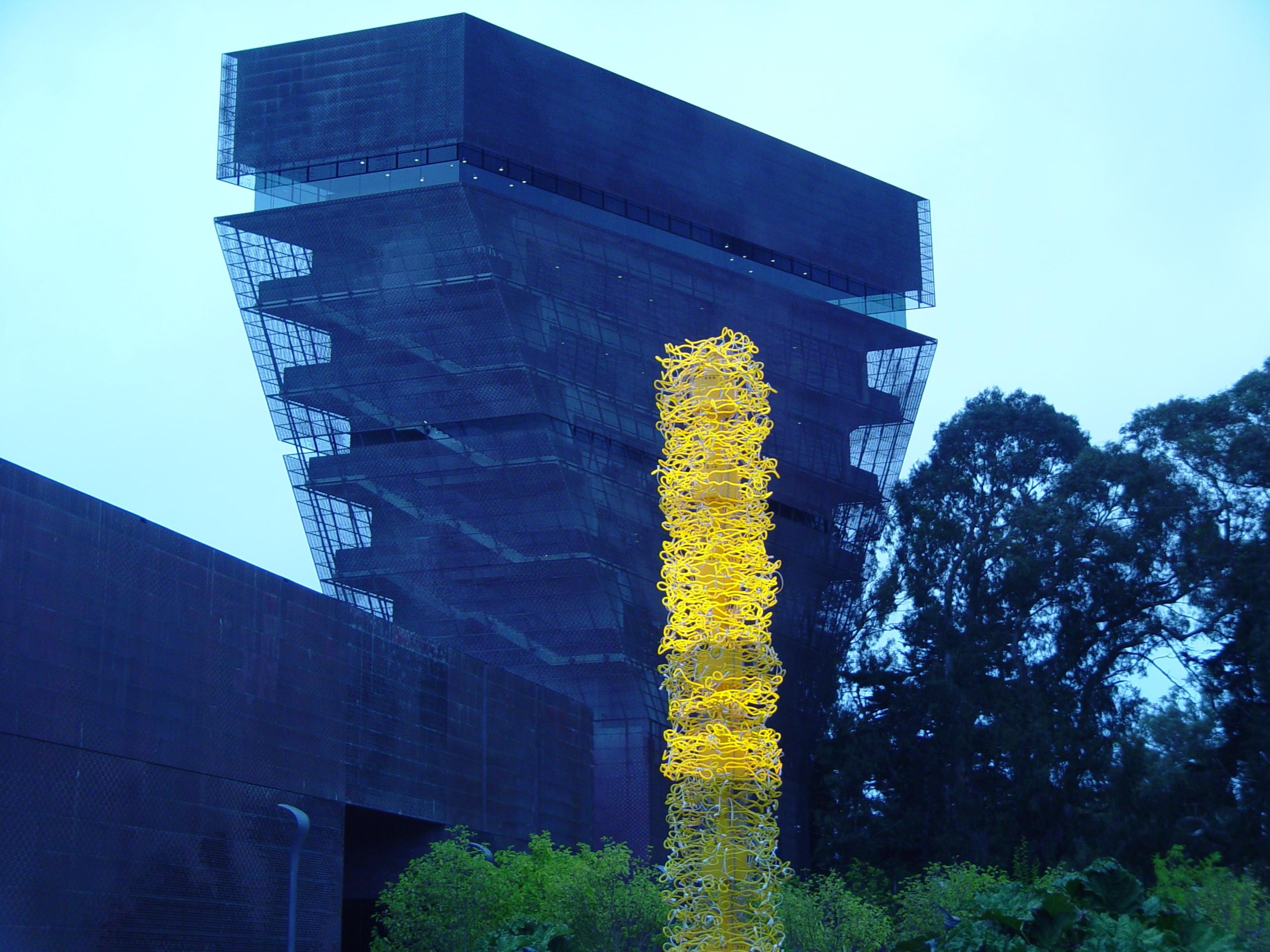Two big projects in District 6 were rejected by the Supervisors. How bad must a project be to be rejected? Read the two Tim Redmond articles that ran in 48hills. Most local media covered this with differing opinions.
In dramatic move, supes block huge luxury housing project in Soma
Debate shows city planners’ utter failure to understand the role of market-rate housing in gentrification and displacement.
In a stunning victory for progressives, the Board of Supes voted 8-3 Tuesday to block a massive market-rate development that would have threatened one of the last affordable areas in Soma.
The vote to overturn the 469 Stevenson EIR doesn’t kill the project, but it’s a major setback and could help advocates who want to use the site for affordable housing…
The vote also showed a new political shift on the board, with Sup. Matt Haney, who represents Soma, joining his more conservative colleagues, Ahsha Safai and Catherine Stefani, in voting to support the project…
The politics of this are fascinating: Haney, who has long been part of the progressive majority on the board, is now running for state Assembly with the strong support of the building trades (and it appears, at least some of the Yimbys—he is featured, along with the mayor, at a VIP reception for a Yimby fundraiser)…
At one point, under questioning, an executive from the developer, Build Inc., acknowledged that there is currently no financing for the project and the company doesn’t even own the land. Founding Partner Lou Vasquez said that he couldn’t predict how much the new units would rent for because “we don’t own the site or have financing in place to build it.
The supes didn’t even know how to respond. “I think that silence is from shock,” Sup. Shamann Walton noted...(more)
In a direct assault on planning policy, supes reject Tenderloin tech dorms
Board makes clear, for perhaps the first time ever, that developer profits should not be a deciding factor in city housing decisions.
The Board of Supes rejected a plan for tech dorms in the Tenderloin yesterday, setting up a challenge for private housing developers who increasingly want to build what’s known as “group housing.”
That term is badly defined in the Planning Code, and potentially creates a massive loophole for market-rate short-term rentals to replace family housing units.
And the supes, by unanimously overruling the Planning Commission—a very rare move—made it clear that they don’t want to see projects get approved, and then substantially changed afterward.…(more)
It appears that someone filed an application to develop someone else’s property, and went through the process of procuring an entitlement, with the help of SF Planning Department staff without involving the property owner in the process. It took an appeal before the Board of Supervisors to discover that the developer does not own the property they are entitled to develop. They have on funding or construction cost analysis and have no idea what the rents may be. How many times has this happened without an appeal being filed and is this a good use of SF Planning staff time and taxpayer money?



